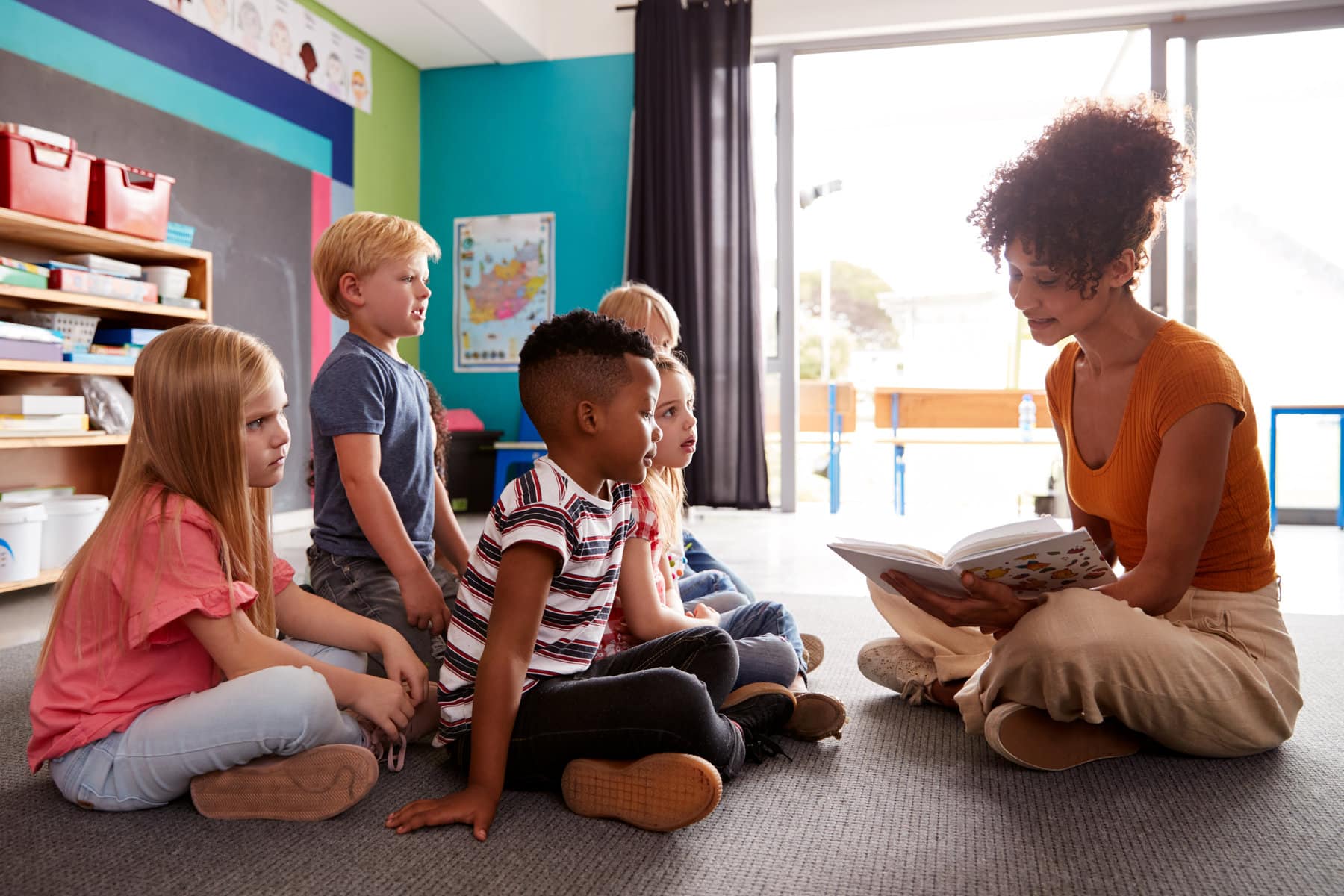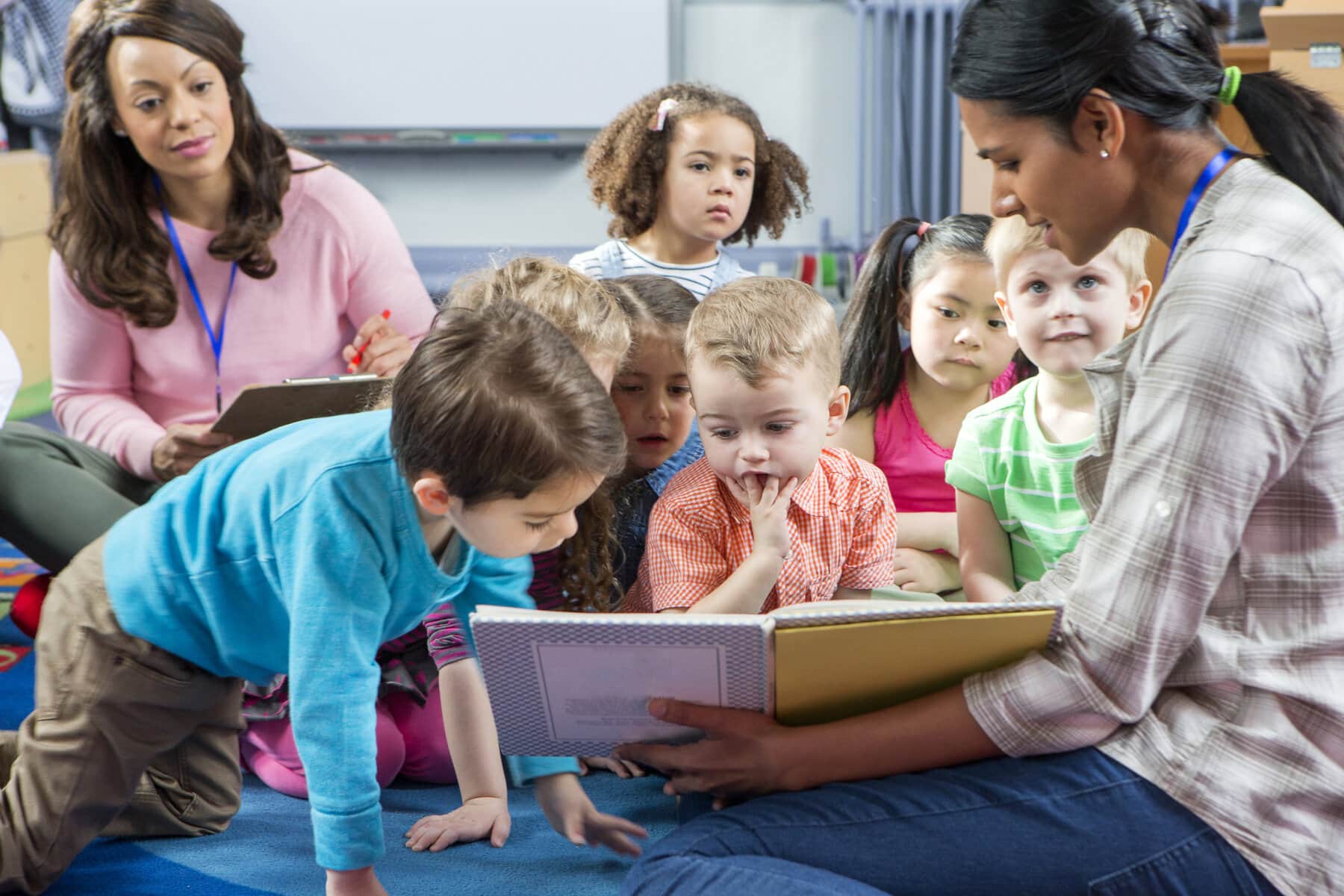In the United States, ten percent of all students–roughly five million students total–come from multilingual households. Multilingual students speak more than one language and need individualized instruction to develop literacy and communication skills in all of those languages. In addition, multilingual families need access to resources that help them feel welcome in school and engaged with their student’s teacher.
Teachers and school administrators both play an important role in culturally responsive teaching for multilingual students. Read on to learn more about the support that multilingual learners and their families need and how you can provide it in your school.
Encouraging Culturally Responsive Teaching for Multilingual Learners
 Prioritizing multilingual support and education in schools helps engage multilingual families. If families feel like their first language is supported in school, they will be more likely to feel welcomed and connect with their child’s teacher. Teachers will also be better equipped to partner with families in setting reading goals for all languages that a child speaks, so families can provide support for all languages at home.
Prioritizing multilingual support and education in schools helps engage multilingual families. If families feel like their first language is supported in school, they will be more likely to feel welcomed and connect with their child’s teacher. Teachers will also be better equipped to partner with families in setting reading goals for all languages that a child speaks, so families can provide support for all languages at home.
Educators whose first language is English sometimes exhibit a bias while teaching multi-language learning students, whether intentionally or subconsciously. Instead of encouraging growth in both English and the student’s first language, educators may only provide support in English.
Instead of this teaching style, the best strategy for multilingual learners is biliteracy.
What is Biliteracy?
Biliteracy is defined as the ability to read and communicate in all of the languages a student speaks.
Children who are biliterate tend to have stronger reading skills in all languages they speak when they are provided with support, particularly:[1]
Biliteracy Strategies for Teaching Multilingual Students
1. Teach with an Additive vs Subtractive Language Learning Mindset
Additive language learning is when teachers provide support for literacy and communication skills in a student’s first language while they’re learning their second language. These students have opportunities to use and develop their skills in both languages inside and outside of school.
On the opposite end of the spectrum, subtractive language learning is when a student learns a second language without support in strengthening their abilities to read and communicate in their first language. Without consistent learning support in their first language, the student may lose the ability to communicate in their first language over time.
Students whose teachers have a subtractive language learning mindset may not have opportunities to practice their first language and may even feel like their first language is unwelcome in class.

2. Focus on Core Reading Skills
If a teacher does not speak a student’s first language, they may feel unprepared to help them develop reading and communication skills in that language. In this case, their role isn’t to directly teach in that first language, but to teach them core reading skills like letter or sound recognition that can strengthen a student’s literacy in all languages they speak.
While the speaking, reading, and writing conventions of different languages vary, the early literacy skills a student learns in one language will help them with another. For example, teaching phonological awareness skills will help students recognize that words are made up of specific sounds that correspond to letters. As they learn this skill in English, it will naturally transfer to their first language.
3. Connect Multilingual Students with Multi-Faceted Resources
Teachers can also provide students and their families with resources to develop reading skills in their first language. For example, teachers could stock their classroom library with books in their first language or connect multilingual learners with other students who speak the same language. If you have a multilingual learning specialist in your school or district, teachers could also connect students with them for individualized support.
4. Engage Families in Their First Language
Whenever possible, provide multilingual families with information including student progress updates, upcoming events, and emails in their first language. During in-person events, consider offering added support to help multilingual families connect with their child’s teacher if they do not feel as comfortable communicating in English.
“When hosting parent conferences, family engagement activities, or concerts, consider requesting an interpreter to meet the language needs of your school,” suggests Candra Morris, VP of Professional Learning at Waterford.org, in her book Why Every Child Needs a Village For Academic Success.
Additionally, connect with local partners who serve and support multilingual people in your community. For example, your local library may have language learning resources like books, classes, and online media that can support families alongside their home learning routines and any assignments students receive in class.
Provide Support for Multilingual Learners in School with Waterford
Waterford’s supplemental PreK-2 literacy curriculum is guided by culturally responsive and inclusive teaching practices.
Through Waterford’s adaptive software, multilingual learners focus on the skills where they need the most support, turning areas of growth into strengths over time.
Spanish-speaking multilingual students receive personalized support to aid in biliteracy development, including:
- Guided audio directions for Waterford activities
- Thousands of downloadable Spanish-language home learning songs and activities
- Over 300 picture books available in Spanish
Learn more about the personalized support Waterford curriculum provides to PreK-2 students and how you can use it as a supplemental part of your school or district’s early literacy programs.
Sources:
1. Bialystok, E., Luk, G., and Kwan, E. “Bilingualism, Biliteracy, and Learning to Read: Interactions Among Languages and Writing Systems.” Scientific Studies of Reading, 2005, 9(1), pp. 43-61.

